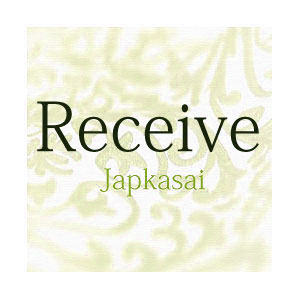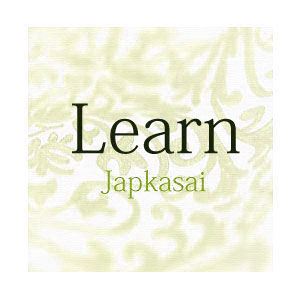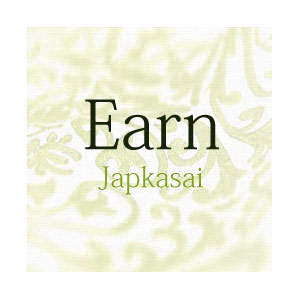 |
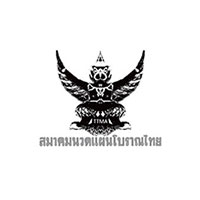 |
|
|
|
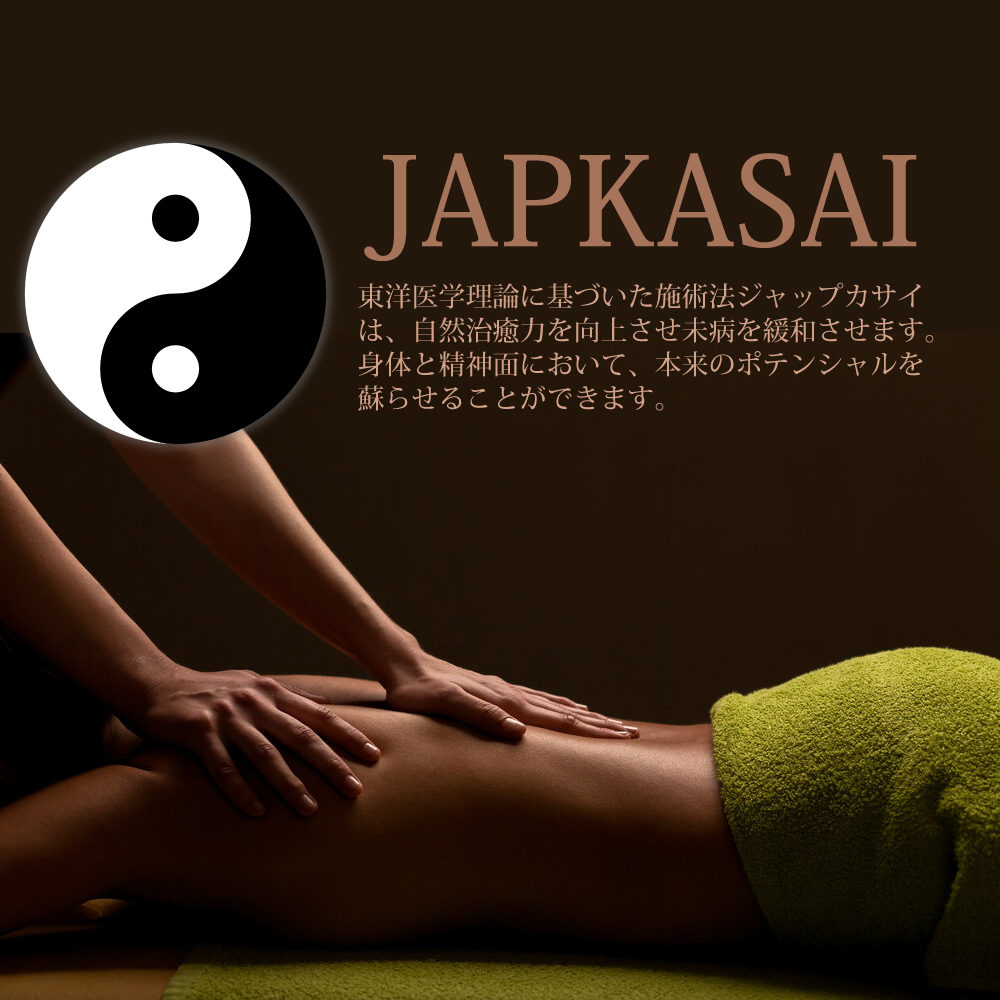
| ◆Examining from an oriental medical point of view ・・・ |
I would like to verify Japkasai from an oriental medical point of view. Traditional oriental medicine does not examine, repair or replace body parts as it does in western medicine. We will examine at the cellular level, not at the parts level. Bones, muscles, and internal organs are all made up of cells. If the three elements of "ki", "blood", and "water" circulate in one cell, that cell will be healthy. And the idea is that the body, which is a collection of cells, naturally becomes healthy. "Ki" is life energy, "blood" is blood that carries nutrients and oxygen, and "water" is body fluid such as tears, runny nose, and lymph. Blood is pumped from the heart, which is a pump, and gradually becomes thinner from the aorta to the arteries to the capillaries. It looks like this when enlarged and imaged. The aorta is a strong, unbreakable blood vessel like the hose of a fire engine. Arteries are like watering hoses in the garden. And think of the capillaries as gauze that oozes out when pressure is applied. Since the capillaries are in the muscles, pressing the muscles sends blood to the veins, and releasing the pressure sends new blood into the muscles. This mechanism is exactly the pressure of massage. "Water" mainly considers lymph, but the lymph vessels are stretched about 5 mm below the skin of the whole body. Rubbing or rubbing with lymph drainage or oil massage is an act that promotes the circulation of body fluids such as lymph. It is "Ki" that is difficult to understand. Even though it is called life energy, it is an invisible existence, so there is a part that makes me feel uncomfortable. "Ki" is referred to as "prana" in Thai traditional medicine and yoga, but in any case, the fact that this vital energy exists in all ancient traditional medicines around the world such as China, India, and Thailand. It is a theory that is based on. In oriental medicine, it is thought that the essence of the activity of the human body is not the organs, the five viscera and the six organs, but the ones that flow through them. Organs, digestive organs, and skeletons are nothing more than containers, and the "Qi" and "blood" that flow through them are important. In Chinese medicine, there is a "path" that flows through the whole body in the same way as "Sen". "Route" is the route through which "Qi" and "blood" flow, and the twelve veins are named after the role and organs of the body, such as the lung channel and spleen channel. "Qi" is the energy of energy, the energy of energy, and the invisible energy that moves the body. "Blood" is a nutrient that nourishes the body and at the same time plays a role in carrying nutrients. It has a much broader meaning than blood in Western medicine. "Water" moisturizes the body, "Ki-Blood" warms the body, but "Water" plays a role of cooling the body. Acupuncture points are points on the route, and if the route is likened to a train line, the acupuncture points are stations. Oriental medicine is a traditional medicine that aims to maintain health and improve illness by drawing out the natural healing power. In oriental medicine, human beings are regarded as one of nature (the universe) and are influenced by the natural world. And I think that the same principles and rules can explain the physiology, pathology, and outbreak of diseases of the human body (microcosm). In Western medicine, tissues and organs are considered to be different independently, but in Oriental medicine, they are regarded as one nature (living body) that has different functions but is connected to each other as a whole. We believe that the mind and body are one, and that various functions of the human body are performed by the close relationship between the mind and body. Emphasis is placed on mental state (emotion) as the cause of illness, and at the same time, physical abnormalities affect mental activity. We comprehensively (overall) grasp the causes, symptoms, constitution, mental state, etc. of illness, and treat with emphasis on systemic adjustment. From this, it is said that oriental medicine "sees the sick rather than sick, cures the sick rather than cures the illness." Oriental medicine's ideal is to "cure pre-illness". Pre-illness refers to a semi-healthy condition, and if left untreated, it will develop into a full-fledged illness based on organic lesions. "Curing a pre-illness" means restoring a semi-healthy state to a healthy level, which is equivalent to preventive medicine, which is regarded as important in modern times. Western medicine and oriental medicine have fundamentally different ways of thinking and understanding about illness, so naturally the way of thinking about treatment also differs. In oriental medicine, all diseases and symptoms are linked to yin and yang and meridians. Oriental medicine has the idea of five elements. The theory of five elements is the idea of classifying things in the natural world into five elements. All things are divided into five elements: water, wood, fire, earth, and gold, and they influence each other to form the universe. These five are similar to the five major elements of Ayurveda (sky, wind, fire, water, earth), but with a slightly different idea. Whereas the five Ayurvedic elements represent the properties of all things, the five properties of the Five Elements theory are concepts such as natural energy and dynamic forces. The five elements influence each other. The nature of the neighbors is a reciprocal relationship, and the nature of facing each other is a competing relationship to adjust. In Aioi relations, it starts with "water". A "tree" grows by sucking water. "Fire" gains momentum with trees, and the burning ash becomes a nutrient for "soil". Nutrients solidify in the soil and produce "gold". The metal melts and returns to "water". In a conflicting relationship, the opposite nature is a restraining and coordinating relationship. "Water" has the power to extinguish "fire" and adjusts the momentum. The "tree" sucks the nutrients of the "soil" or roots and adjusts the momentum. "Fire" is suppressed by melting "gold", and "soil" stops the flow of "water". "Gold" cuts off "tree" and suppresses it. In this way, the relationship of gaining momentum and the relationship of coordinating are well combined to create a balance in the natural world. It is believed that we can live smoothly by living along this balance. The concept that expresses the function of the body of the five elements is called the five organs. There are five types of kidney, liver, heart, spleen, and spleen, each of which corresponds to the five elements of water, wood, fire, soil, and gold. It has a broader meaning than the kidney, liver, heart, etc. in Western medicine. |

| Portal site [Understanding Japkasai] NPO Traditional Thai Massage Association Japan(TTMA) |
